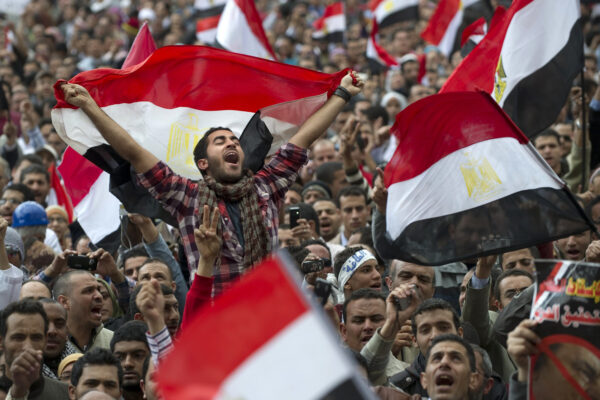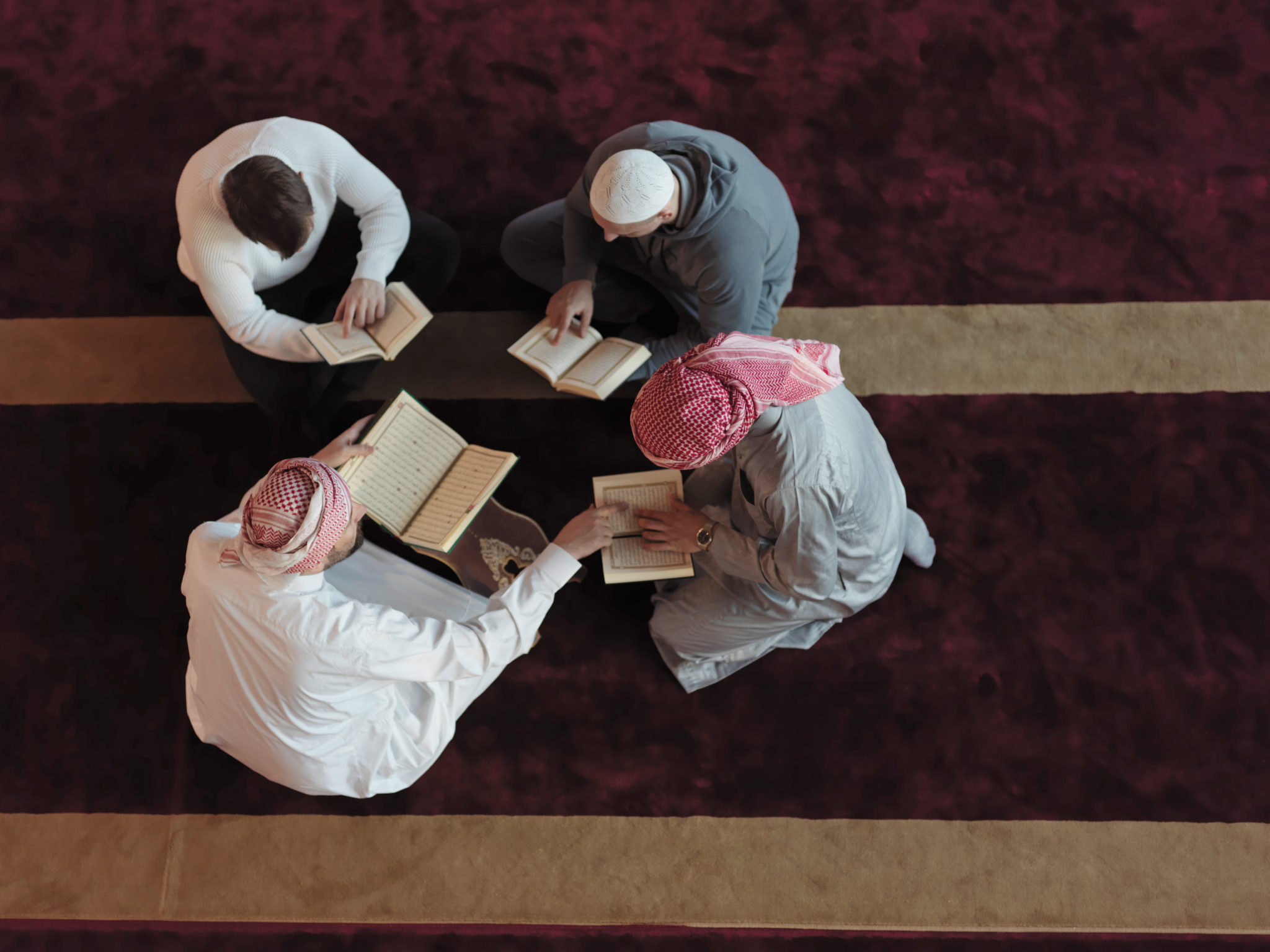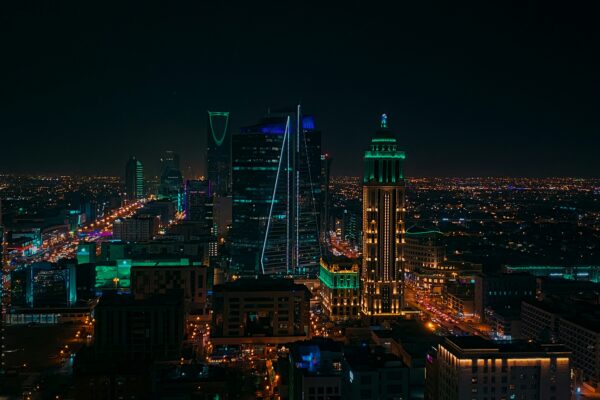(Written: 28th March 2015)
The forgotten country of Yemen is suddenly in the news. The Gulf Arab States led by Saudi Arabia and supported by Egypt and Jordan have launched a military attack on it. The USA and Turkey say they support the attack while Iran, Hizbullah and Russia have condemned it. The meagre media coverage of events in Yemen often mentions rebels called “Houthis”.
What’s happening and why? Who are the Houthis? What’s going to happen? Here are a few observations meant to provide those concerned about injustice in the world and are striving to reduce it, especially Muslims, a better understanding of the situation.
Yemen – General Information
Yemen is a Muslim, Arab country to the south of Saudi Arabia. The country is mostly mountainous but also has large stretches of desolate desert. It has a long coastline and an important port at Aden, control of which can translate into control over the Suez Canal shipping route. It has a large and fast-growing population that at 25 million is even greater than Saudi Arabia’s.
In terms of religious belief, between 30-40% of the population is “Zaydi”; the rest are mostly Shafi’ii Sunni. Wahhabi teachings appear to have little acceptance in society. The social structure is essentially tribal in nature. The influence of modernity on the beliefs and lifestyle of the people is still relatively slight and material standards of living are low; these are important features to consider when seeking to understand present developments. Yemen has no oil. Most people view Yemen as a backward, poor country of little consequence.
Yemen – History
Unlike nearly every other Arab country, Yemen is not an entity created in the 20th century by European colonial powers. It enjoys historical continuity of several centuries and has a rich culture and history. In the past couple of centuries however, Yemen has been a battleground between competing foreign powers – at first the British dominated the country and then in the second half of the 20th Century the Americans did, although neither of them directly ruled the country. Their domination brought with it the usual “divide-and-rule” policies that prevented Yemeni society from progressing politically and socially.
Things went so far that in 1967 Yemen was split into two separate countries, one allied with the American- Saudis and the other with the former Soviet Union. The two Yemens were then goaded into going to war with each other, finally re-uniting in 1990 under complete American-Israeli-GCC domination, an association of powers that we shall call “The Oppression Axis”. Ali Abdullah Saleh was installed as President. His long rule over Yemen had the usual hallmarks of Western-backed “strongman-rule” the world over – nepotism, runaway social injustice, suppression of dissent, and subservience to foreign interests. Saudi Arabia in particular acquired enormous influence in every aspect of Yemeni public life.
2011 Uprising – Thwarted, Unfinished
Yemen was one of the countries most severely shaken by the wave of popular uprisings that swept through the Arab world that year. People from across different regions, sects and tribes rose up in unity to demand the overthrow of the ruling system and to express hatred for the foreigners that controlled it. The pressure from the masses was so great that many of Saleh’s allies publicly dumped him. Saleh offered some concessions to the public, but obstinately clung on to power. To forestall a full-blown revolution that could lead to a complete dismantling of their control, the Oppression Axis worked through the UN and prevailed upon Saleh to cede power to his vice-president Mansur Hadi as a compromise solution. Hadi became President in early 2012 through an election in which he was the only candidate, and promised a new era of justice, freedom and democracy. As everywhere else in the Arab World, the Arab Spring in Yemen too appeared to have lost direction and steam.
But not everyone was satisfied with this compromise; certain groups, the most important of them being the “Houthis”, viewed it as a sell-out and as a setback. However they did not openly oppose this compromise, choosing instead to prepare for the time when it would inevitably unravel.
From Houthis to Ansarallah
The Houthis is a term used to describe a collection of mostly Zaydi tribes based in North Yemen that have emerged over the past two decades as the most dynamic political movement in Yemen. At the time of writing, they are in control of the entire North, the Western Coast, the capital city San’aa, and most of the other major population centres. They now also control territory around the port of Aden in the south. This movement came to be known as “Houthi” as all its leaders have up until now belonged to the “Houthi” clan. However the movement prefers to be called by the name it has chosen for itself – “Ansarullah”, or God’s Helpers.
The Zaydi sect of Muslims is defined by its belief that Zayd As-Shaheed’s (r.a.) – son of the 4th Shia Isna Ash’ari Imam – was an “Imam”, and that his uprising against the corrupt Umayyad dynasty in the year 122 A.H., set the role-model for subsequent Muslim leaders and masses to follow. The Zaydi sect is usually described as a shia sect, but some scholars disagree. But there is unanimity among scholars that they exhibit some of the most important features of shia Islam – specifically, their emphasis on following righteous leaders, on establishing social justice, and their embracement of the culture of personal sacrifice and martyrdom. The Zaydi have played an important role in Yemeni affairs for more than a thousand years; in fact the last Zaydi Imamate was dismantled by the Oppression Axis as recently as in the 1960s.
The Houthi/Ansarullah movement began in the mid-90s when an Islamic scholar and social activist called Husain Badruddin Al-Houthi, inspired by the Islamic Revolution led by Imam Khomeini (r.a.), began a movement in the north for social reform and justice. His movement spread rapidly among the Zaydi tribes and invariably came into conflict with the government in San’aa. A series of military battles followed over the next 15 years, often with the direct involvement of American and Saudi army and air-force units on the side of the San’aa Government. The Houthis performed well in these battles, even shooting down some Saudi combat planes and taking some Saudi soldiers as prisoners of war. The battles usually ended in cease-fire agreements that allowed the Houthis to regain strength and to consolidate their rule and build institutions in the areas under their control. Badruddin Al-Houthi was killed by the Yemeni Government in 2004, and since then his brothers have led the movement. At present the movement is led by one of his brothers, Abdul Malik Al-Houthi, who at a reported 33 years of age is remarkably young.
The events of 2014 – Ansarullah sweeps into popular control over San’aa
Not surprisingly, the replacement of Saleh with Hadi in 2012 did not bring about any significant change in the situation in Yemen. Popular resentment against the ruling system began to grow again, exploding in renewed anger at the doubling of fuel prices in July 2014.
Ansarullah moved swiftly and decisively. Using what it had learned from the 2011 uprising, it raised slogans seeking justice not just for the marginalized Zaydi tribes but for all Yemenis. Non-violent confrontation with the state was prioritized. Riding a wave of popular support and trust, Ansarullah swept into San’aa in September of 2014, bringing the capital to a stand-still with massive demonstrations that brought President Hadi’s government to its knees. Government TV channels and some other elements of the state apparatus came under Ansarullah control. Many military units pledged support for Ansarullah. The long-standing military nemesis of the Zaydis, the feared Maj.-Gen. Ahmar abandoned his palace and fled San’aa and possibly, Yemen.
Once again, the Oppression Axis moved through the UN to secure a deal – fuel prices were rolled back, Hadi sacked his entire cabinet and announced a new power-sharing “unity government” with Ansarullah. But it was of no use; the momentum was clearly with the revolutionary movement. To keep the pressure on, unarmed Ansarullah supporters continued to camp in San’aa supported by a sympathetic public; they were frequently targeted by bombings that led to the death of many.
From October to December of 2014, there was intense political friction between Ansarullah and the Hadi Government Elite and their foreign backers; each side claimed the other was a foreign stooge that had precipitated the crisis and was obstructing its solution. Ansarullah and Saudi-backed tribes and salafists also fought battles in several cities, with Ansarullah winning nearly everywhere. Curiously, deposed President Ali Abdullah Saleh also came out in support of the revolutionaries. Ansarullah’s power continued to increase day by day, and it increased pressure on the Hadi-led ruling elite to act per the agreements of the September power- sharing pact, and in line with the genuine interests of the Yemeni people. Hadi was still officially the President, but people had set their hearts on the revolutionaries. Support for Ansarullah among the masses, including among the non-Zaydi inhabitants of Yemen, continued to grow day by day.
The Empire Strikes Back
At the start of 2015, the Hadi Government elite and their foreign backers in various Arab capitals, Tel Aviv and Washington found themselves facing a nightmare – here was a genuine (unlike the ISIL and other caricatures) and sensible Islamic movement, one that enjoyed support across followers of different Muslims sects, which looked up to Iran and Hizbullah for inspiration and had a sharp anti-American and anti-Israeli stand, that was set to assume power in an Arab state. The Oppression Axis knew that if this were to be allowed to happen in even one Arab country, it would electrify genuine Islamic movements the world over and weaken ISIS-type caricatures everywhere. It had to act.
Once again the “chaos option” was selected; rather than seek to fruitlessly confront and contain this powerful revolutionary movement, the Oppression Axis decided instead to ensure that the revolutionary momentum building up in in Yemeni society would be dissipated into fruitless and damaging endeavours – specifically, into sectarian and tribal in-fighting and civil wars.
The rapid-fire developments of 2015
So when in January 2015 Ansarullah attempted to further pressurize President Hadi by limiting his control to just the Presidential Palace compound in San’aa, Hadi and his cabinet dramatically announced their resignation. Ansarullah immediately called a “National Conference” of all tribes and parties to find a way out of this political crisis, but this conference did not arrive at any clear result. In early February Ansarullah declared it was formally taking over power to fill the power vacuum created by Hadi’s resignation, and established a Revolutionary Committee to rule the country and oversee transition to a new political order.
With the capital San’aa now an Ansarullah stronghold, Aden became the focus of anti-Ansarullah efforts. Hadi and his entourage managed to reach Aden, and after announcing a withdrawal of their resignations, declared Aden to be the new capital of Yemen. The Arab Gulf States and other allied governments shut their embassies in San’aa and began to re-open them in Aden. The stage was set for Yemen to be split into two once again.
The conflicting sides realised that speed was of the essence. Hadi and his foreign backers knew they must act very fast to establish an alternative state structure centred in Aden; with this in place, they could then depict the San’aa government as illegitimate, and drag the internal conflict on for decades. Ansarullah understood that it must prevent this from happening. It was clear that armed conflict was going to escalate, and rapidly too.
Ansarullah pressed forward towards Aden in March, making rapid military advances with the help of popular support. Bomb blasts during Friday prayers in San’aa killed more than 150 Zaydi worshippers on the 20th of March, but failed to dampen Ansarullah’s momentum. ISIS claimed responsibility for these blasts while Iran airlifted the injured to Tehran for medical treatment. The fall of Aden appeared imminent. Panic gripped the anti-Ansarullah camp; Elite US Special Forces abandoned their Al Anad airbase near Aden and fled the country. President Hadi and his supporters too disappeared, apparently fleeing by sea to Oman.
A Combined attack on Yemen
On the 25th of March, Hadi’s foreign minister appeared in Cairo and appealed for an international coalition to attack Ansarullah. The Oppression Axis responded as per plan; the GCC and other countries issued statements claiming to respond to this request for assistance from Yemen’s legitimate government authority, and began their assault on Yemen. The governments of USA, UK and Turkey expressed support for the attack. There are unconfirmed reports of Pakistan preparing to join the attack. On the other hand Iran, Iraq, Syria, Hizbullah – an association of forces we can label as the “Resistance Axis” – have condemned it. So has Russia.
As of writing, the attack appears to have been limited to two main elements – the aerial bombardment of Zaydi population centres, and an air and sea blockade of the country. The bombardment aims to create terror, demoralization and ultimately disunity among Ansarullah’s core support base. However this appears to have back-fired at least for the moment; massive crowds now throng the major northern cities screaming in anger and hatred at America, Israel and Saudi Arabia. The blockade aims to prevent arms and other supplies from reaching the Yemenis so that they can eventually be forced to back down. In any case, it appears that Aden may now be under Ansarullah control but this is not entirely clear. The sparsely populated east of Yemen, bordering both Saudia Arabia and Oman, is apparently not yet under Ansarullah control.
Looking to the future
Will the attacking countries launch a ground invasion as well, hiring the Pakistani or Egyptian armies for the purpose? Will they unleash the ISIS hordes on Yemen too? Will the Ansarullah movement hold together despite the sectarian and tribal differences in Yemeni society? Will their leadership be able to avoid major mistakes, especially considering the absence of senior Islamic scholars? What will the effect of former President Saleh’s support for Ansarullah be? These and other questions engage the minds of those observing Yemeni events. Providing specific answers to these questions is very difficult; instead, we will close this article with a mention of some important considerations that impact any analysis of current events in Yemen.
The Oppression Axis’ immediate goals are to ensure disunity and paralysis in Yemen as a pre-cursor to rolling back the revolutionary movement through internal disunity. At the minimum, it wants Yemen to go back to being an invisible and inconsequential Saudi satellite. At a larger level, it sees the Yemen crisis as another opportunity to achieve its grand dream of triggering a massive sectarian civil war between Muslims across West Asia; this partly explains its attempts to expand the military coalition attacking Yemen to include other Sunni- majority countries such as Pakistan. This Axis banks on its superior military, financial and media power, and on the support of client regimes across the Muslim world, to achieve its goals.
In contrast, the Ansarullah movement and its sympathisers across the Resistance Axis seek to establish and consolidate power over a united Yemen in the short term. At a larger level, they seek to set up a revolutionary, anti-imperialist Islamic State in Yemen as another stepping stone to further deepening the revolutionary movement across the world. The Resistance Axis draws its power primarily from Islamic Ideology, popular support and superior strategic leadership; its leaders believe that God has promised those who engage in brave, just and sensible resistance against the world’s oppressors, enormous divine assistance.
What happens in Yemen, and indeed in West Asia and beyond, will depend on how this clash of wills between members of The Oppression Axis and the Resistance Axis plays out. Both Islamic ideology and trends over the past few decades indicate that victory for the Resistance Axis is more likely. However, this does not mean that its victory will be swift; the path to victory may be paved with several small defeats and setbacks as well.
In any case, the most influential human actors on this stage are in fact the ordinary Muslim masses. It is their level of understanding of the issues at stake and the motives at play, their level of commitment to Islamic ideals, and their courage to make the choices required to bring those ideas to life, that will have the biggest influence on how Yemen, and indeed the rest of Muslim world, shapes up in the years to come.
Submitted by a group of students of Islamic Studies, The Hawza, Qom





